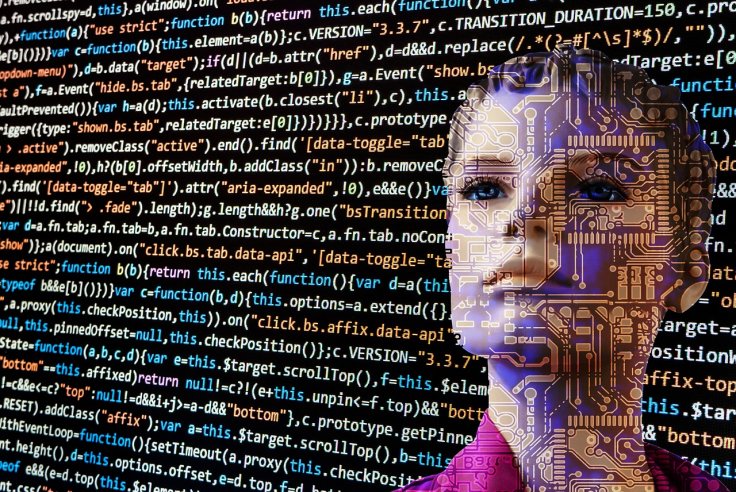
A quiz for artificial intelligence models conducted by Stanford University has shown that deep neural network can edge higher than the human brain. AIs developed by Microsoft Corporation and Alibaba Group Holding Ltd were put to a test that involves reading comprehension and results were stunning.
The Stanford Question Answering Dataset (SQuAD) comprises of questions posted by crowdworkers on specific Wikipedia articles, where the answer to each question is a chunk of text from the equivalent reading passage. SQuAD has more than 100,000 pairs of questions and answers on over 500 articles.
Also read: Denmark uses AI that can diagnose person's heart over the phone
The model developed by Alibaba's Institute of Data Science of Technologies garnered a score of 82.44, beating 82.304 of humans. It was the first time an AI has outgunned a living individual according to the Chinese e-commerce giant.
However, Microsoft broke Alibaba's record only a day after it announced its feat. The cloud software giant scored 82.650 on a similar test. Even so, these events in the field of machine learning mark a new milestone for the industry where big companies around the world race towards putting artificial intelligence into more meaningful and significant roles.
Stanford's set of questions are designed to unravel whether AIs are capable of digesting huge amounts of data before giving out the right answers to the questions.
"That means objective questions such as 'what causes rain' can now be answered with high accuracy by machines," says Luo Si, chief scientist for natural language processing at the Alibaba institute, in a statement to Bloomberg.
"The technology underneath can be gradually applied to numerous applications such as customer service, museum tutorials and online responses to medical inquiries from patients, decreasing the need for human input in an unprecedented way."









